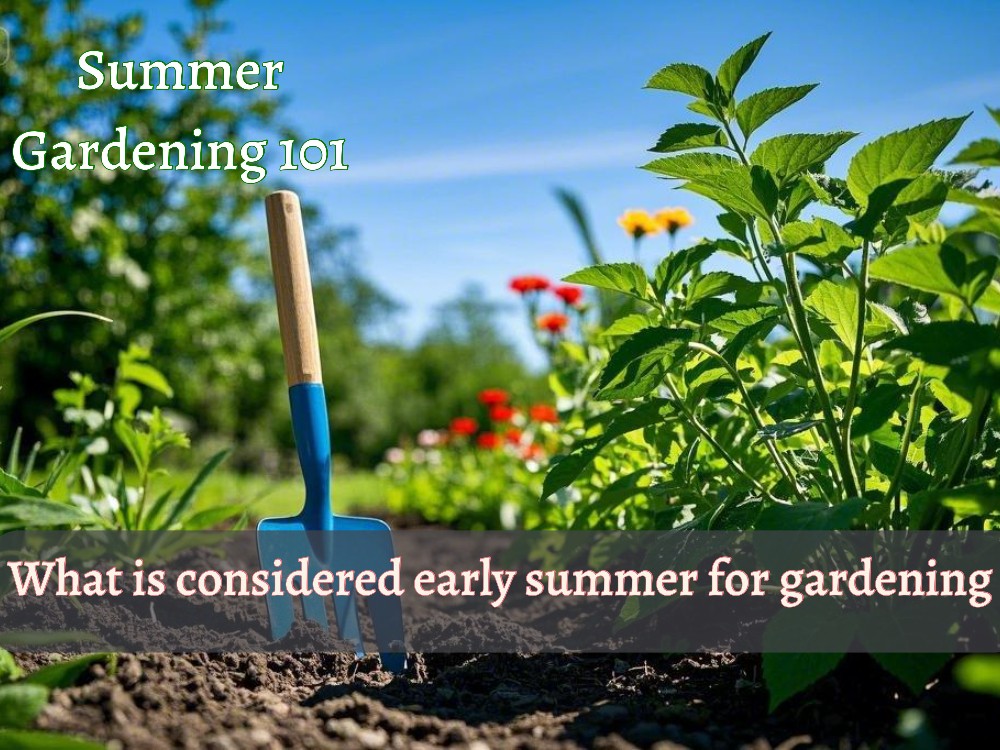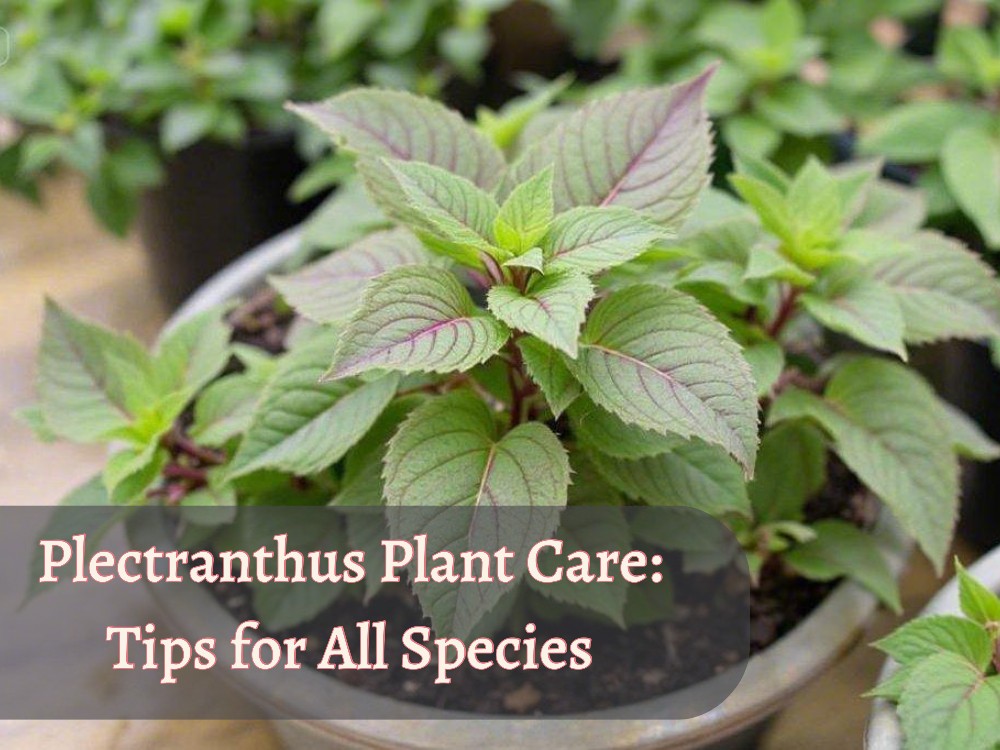As spring feet fall on the ground, life returns from all sides, and the chilly breeze softens, branches begin to fill with new shoots, and buried seeds start to take root, but at the same time, the question of what is the spring plants confuses many people.
The spring season is not just about blooming flowers; this phase is a new beginning. Some plants, such as the annual spring plant, complete the whole life growth cycle in only one season, while some return again and again called perennials.
Today, we will discuss which plants bring true spring colors and which ones you can include in your garden. So, let’s learn what spring plants are.
What is a Spring Plant? The Main Question
A spring plant is any plant that boosts growth after winter in the early months. These spring plants show better growth performance according to the specific weather conditions of this season, such as increased temperature, day length, and soil moisture.
But the reality is that the garden performance in spring depends on whether or not your protected garden in the previous winter.
First, you must consider preparing and protecting your garden during winter, especially if you live in an area that experiences chilly snaps and snowfall. This will ensure that the entire garden can be restored quickly when spring arrives.
So, back to our topic: Some plants proliferate in spring but wither as the weather changes, some start their growth in spring but survive in other seasons as well, although their growth rate may vary.
Spring plants contain cool-season and warm-season crops because spring is the balanced season when the temperature is not too cold or warm, depending on the regional climate.
Types of Plants Based on Growth Cycle
As you know, plants are divided based on many factors, including the growth cycle. Classifying plants based on the growth cycle is essential to understanding the growth stages, growing period, and seasonal effect.
This classification of plants based on the growth cycle is intended to help us understand which plants thrive rapidly in which season, which can stay for a long time, and which ones complete their growth in a specific time.
In this way, we will be able to recognize spring plants and make the best choice for our garden.
So, let’s understand the classification of spring plants!
Types of Spring Plants: Which Ones Last Longer?
Based on the growth life cycle, spring plants are divided into three main groups, and all these groups include cool and warm-season crops;
- Annuals: Complete growth only in one season
- Biennials: Grow the first year, flower the second year, and die.
- Perennials: Show regrowth every year and live for many years.
The classification of annuals, biennials, and perennials only applies to flowering plants. However, some non-flowering plants are also considered as a perennial. Let’s come to discover spring plants in these groups to enhance your spring garden.
1-Spring Annuals

Generally, annuals are plants that complete their entire life cycle – from seed to growth, flowering, seed production, and death – in just one season.
When we talk about spring annuals, we are referring to plants that flourish in the spring, complete their growth, and die back as soon as the weather warms up.
Types of Spring Annuals
It is a common belief that spring annuals only grow in early spring and die back as the weather warms up in late spring. But in reality, their lifecycle can vary with different temperatures and seasons, which is why spring annuals can be divided into two types;
Do you know that spring is the only season where it is neither too cold nor too hot, so both cool-season and warm-season plants can grow? Only warm-season annuals grow in the summer, while cool-season annuals grow best in late fall, and most cool-season plants go dormant in the winter and stay alive, called hardy annuals.
Cool Season Annuals
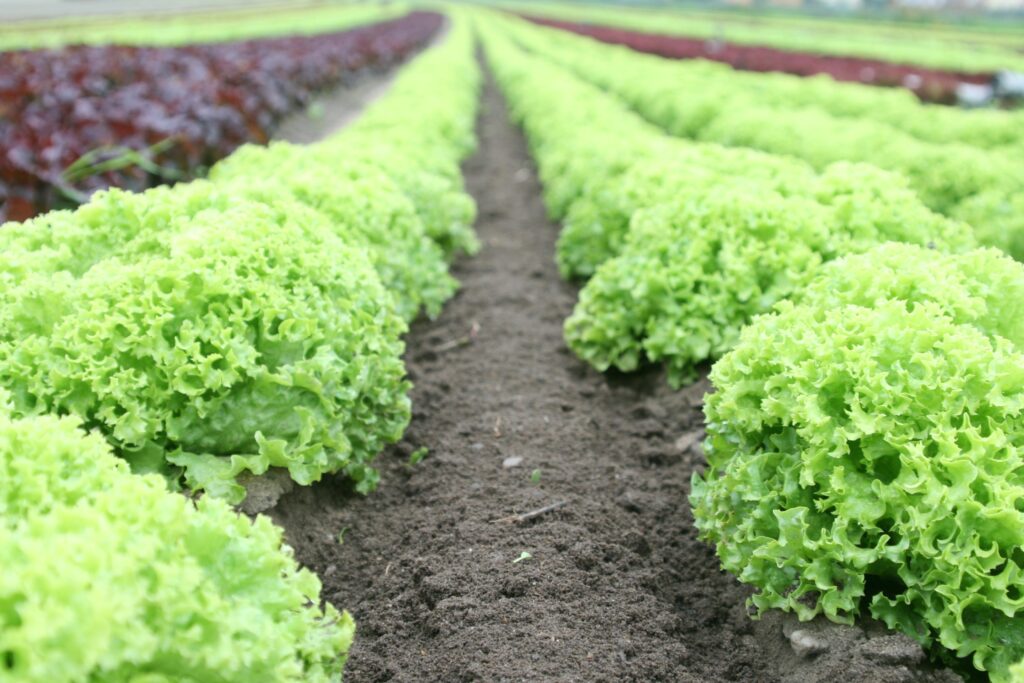
Cool-season annuals are plants that thrive in cooler temperatures, such as late winter or early spring. These plants usually bloom in 6 to 8 weeks and stop blooming as temperatures rise.
A popular farmer and author, Lisa prefers them to plant in late fall so that cool-season annuals can establish their roots gently in cooler temperatures and boost growth as spring begins.
The length and intensity of the season vary in different parts of the world, with tropical regions having longer summers while colder regions have longer winters.
So, if you live in a cooler area, plant cool-season annuals in early fall or early spring, while in warmer areas, these plants may produce better results in late fall or early winter.
Planting true hardy annuals at the right time is crucial to save time and seeds. Here’s when to plant hardy annuals!
Warm Season Annuals
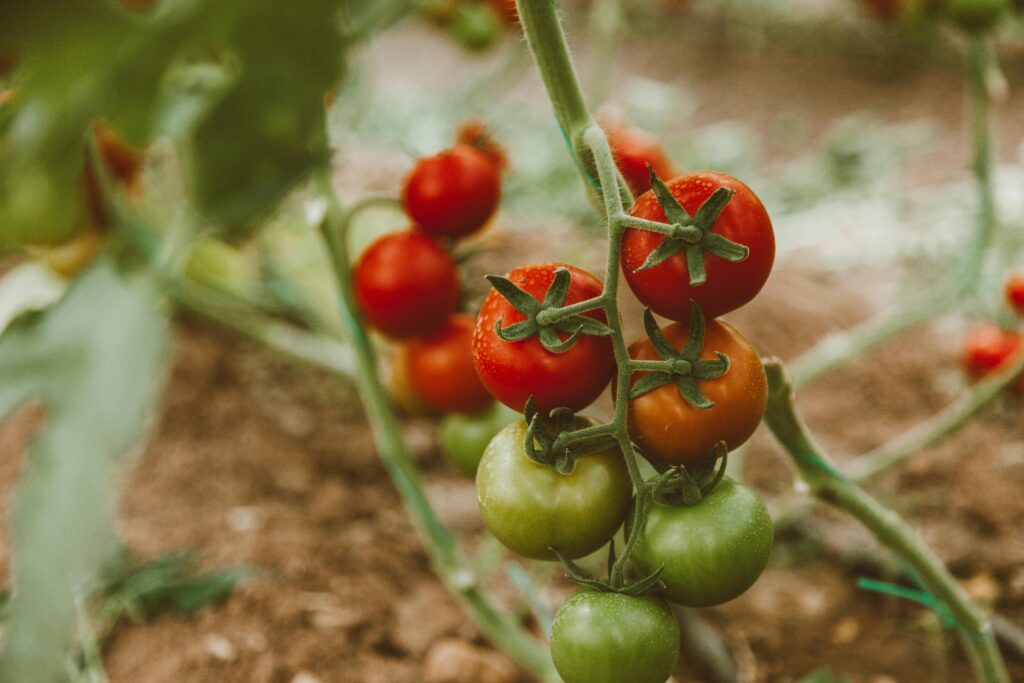
Warm-season annuals are plants that grow in warmer weather from late spring to early summer. Usually, warm-season annuals are planted in the late spring to grow correctly in warm weather (Summer).
Many gardeners agree that April to mid-June is ideal for many regions, but this can vary depending on your location. After planting, warm-season annuals may take 6 to 8 weeks to mature and begin bloom.
We can also divide the warm-season annuals into two categories: those that can withstand light frost and those that can not withstand even light frost, which are also called tender annuals.
In colder climates, plant warm-season annuals in late spring or early summer, while in warmer areas, plant them in late winter or early spring.
| Type | Example | Suggested Planting Time |
|---|---|---|
| Warm Season Annuals | Marigold | Spring to early summer (Apr–Jun) |
| Zinnia | Late spring (May–Jun) | |
| Petunia | Spring to early summer (Apr–May) | |
| Cool Season Annuals | Pansy | Early spring or fall (Feb–Mar or Sep–Oct) |
| Snapdragon | Late summer to early fall (Aug–Sep) | |
| Sweet Alyssum | Late winter to early spring (Feb–Mar) |
2-Spring Biennials
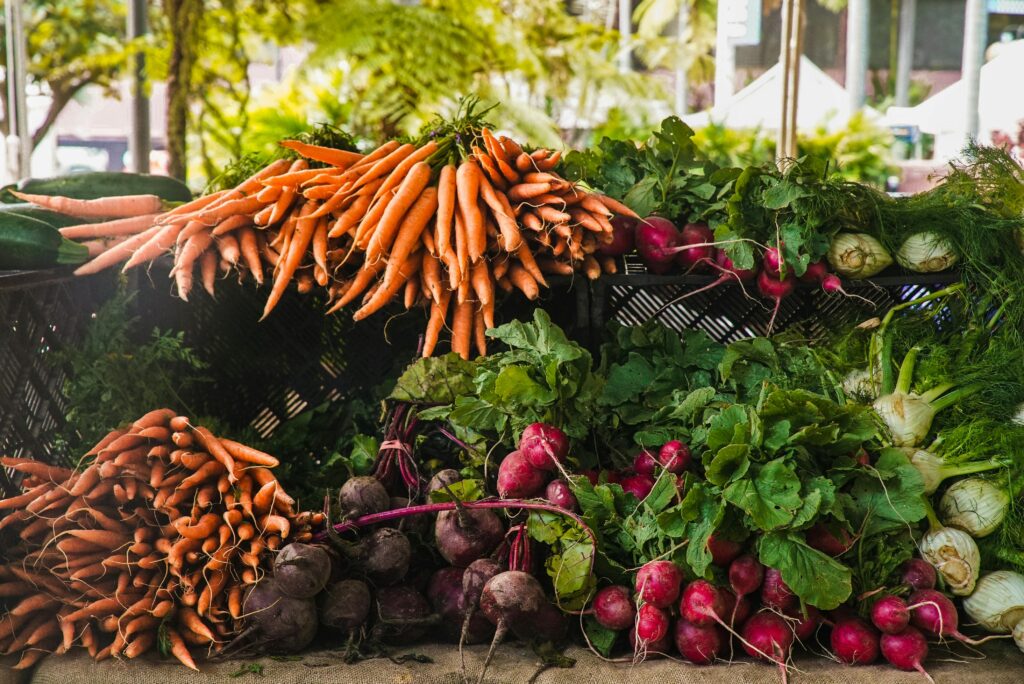
Biennials take 2 years to complete the lifecycle from vegetative growth to reproduction. In the first year of planting, biennials store energy in their roots, leaves, and stems (vegetative parts).
If we harvest these parts such as roots of vegetable biennials (Carrot, beets, and turnips) and leaves of herbaceous biennials (Parsely, dill, and fennel), they are not able to produce flowers, showcasing annual-like growth.
So, spring biennial means a two-year plant, which passes through two spring seasons (first during its vegetative growth and second during its flowering and seed growth).
Cool Season and Warm Season Biennial
There are only cool season types in the matter of biennials because they need cold exposure to produce flowers. However, biennials will be a warm season, if we harvest vegetative parts of vegetables and herbs before they pass through vernalization, and develop flowers.
Now, whether you are growing biennial plants for harvest or seed collection (from flowers), you should sow their seeds in late summer to early fall. Since seasons vary in different regions, in cold climates, planting time will be late spring to early summer, while in warmer regions, it should be fall to early winter.
Before planting, explore when your biennial plant will complete its lifecycle!
Did you know? The population of biennial weeds (Musk Thistle and Bull Thistle) can be controlled by harvesting before they turn their flowering phase.
| Type | Example | Suggested Planting Time |
|---|---|---|
| Biennial Vegetables | Carrot | Late summer to early fall (Jul–Sep) |
| Onion (from seed) | Mid to late summer (Jul–Aug) | |
| Beetroot | Late summer (Aug–Sep) | |
| Biennial Flowers | Foxglove | Late summer to early fall (Jul–Sep) |
| Sweet William | Late summer (Aug) | |
| Canterbury Bells | Mid to late summer (Jul–Aug) |
Spring Perennials

Perennials have enough ability to tolerate strong weather conditions. Once planted, they grow again and again (more than 2 years) without sowing seeds. During winters, perennials go into dormancy, and as the weather warms up, they flourish.
Spring perennials are plants that grow and bloom confidently in the spring. As spring offers mild climate situations, both cool-season and warm-season perennials thrive unwaveringly.
The right planting time for perennial seeds is very crucial to maintain their long-term growth. Time may vary based on many factors, including perennial variety, season preference and region climate.
However, you must consider on season preference of perennials before planting, such as;
Cool season Perennials
Cool-season perennials prefer cooler conditions to thrive from late fall to late spring. Some examples of cool-season perennials include Pansy, Calendula, and Dianthus. These are the perfect choices for colder regions from USDA zones 1 to 7.
You should plant cool-season perennials in the fall. If local conditions still experience warmer, long sunny days, at this time, you must make your perennial seedlings, and then transplant in early spring when the frost has passed.
Warm season Perennials
Warm-season perennials, such as coneflower, stonecrop, and Salvia love sunny days from late spring to late summer, so planting time for their seeds should start from early to late spring.
Tropical and subtropical areas (Florida, Texas, California, etc.) from USDA zones 9 to 13 provide the best growing situation for warm-season perennials.
In some gardening zones (2, 3, 4, 5, 6, and certain areas of 7), spring may still be frozen at 10C or less temperature, so if you belong to such parts, you need to plant perennial seeds indoors and transplant after 6 to 8 weeks to flourish in spring.
| Type | Example | Suggested Planting Time |
|---|---|---|
| Warm Season Perennials | Coneflower | Late spring to early summer (May–Jun) |
| Daylily | Late spring (May) | |
| Blanket Flower | Late spring to early summer (May–Jun) | |
| Cool Season Perennials | Lavender | Early spring or early fall (Mar–Apr or Sep) |
| Hellebore | Fall (Sep–Oct) | |
| Coreopsis | Early spring (Mar–Apr) |
Tips for Growing Spring Plants
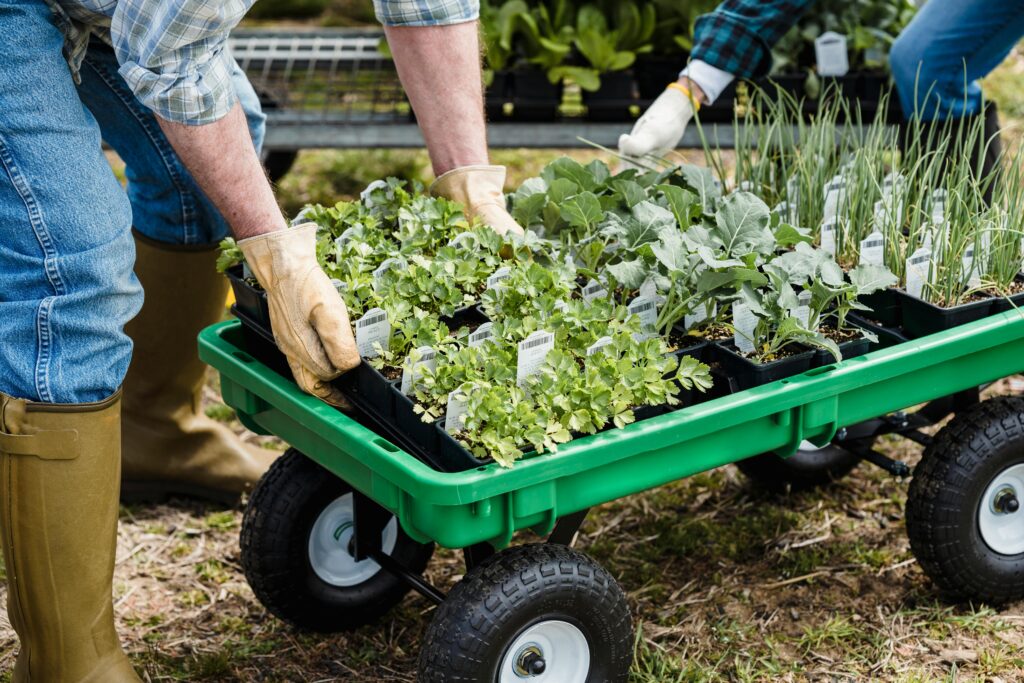
By the way, there is special consideration for each spring plant variety, still some general tips for growing spring plant you need to know for their better spring growth.
Choose the native plant of your area.
Plants that are natively from your area, grow best with minimal maintenance. Just plant their seeds at the right time after understanding the plant type, such as annual, biennial, or perennial.
Protect during winter
The first step must be to protect all garden plants during winter so that they can thrive healthy when spring begins. Plants that are planted in outdoor soil, should cover with frost cloths or blankets. Move potted plants indoors and provide appropriate sunlight and other growing conditions artificially.
Use fertilizer in the spring.
Spring is the growing season for many plants, and at this time, fertilizing them is the best practice. Some spring plants prefer acidic soil while some want alkaline. Calcium carbonate is considered to reduce soil acid, here explore how. Still, make sure to research online about plant preference or consult with an expert local gardener.
Manage watering system
Give a lot of water to plants in the morning. It allows water to absorb in a cooler phase and work in a sunny phase when plant growth, especially the photosynthesis process is active. Still, you must notice how react to your watering routine, because sometimes, too much water causes mold, especially if spring day is cloudy instead of sunny.
Do you know? Too wet soil remaining for a long time causes mold, so always keep the soil moist in your garden, particularly in pots or containers. Explore the difference between wet and moist soil!
If you are unsure if plants need water o not, here discover!
Decide Garden Layout
Before spring, think about where your plants will grow well, where the sunlight is perfectly reaching, and other space requirements are available. Taller plants should go at the back, while shorter ones can be planted in front.
Grow warm-season plants in late spring.
Late spring allows you to plant warm-season plants to let them grow and flourish in their preferred season (summer). Choose the right plant and research it before planting.
Artificial Methods to Grow New Plants
In the early spring, try vegetative propagation, such as cutting, layering, grafting, or division. Learn about propagation below;
As spring passes, summer starts and you must know about summer gardening.
Final Thought: What is a Spring Plant?
Spring plants flourish in the spring season from 10C to 15C, no matter whether it’s annual, biennial, or perennial. However, their growth cycle and lifespan are different from each other.
Since spring is a mild season compared to others (summer, fall, and winter) so cool-season and warm-season crops from annuals, biennials, and perennials thrive best at this time.
These plant groups are based on the growth cycle and also contain other groups, classified on other factors, such as bulb plants, herbs plants, flowering and non-flowering plants etc.
However, their planting time may vary based on several factors, including plant variety, plant season preference, and region climate.
Happy spring plant! Say goodbye to this content by discovering our seasonal category.


